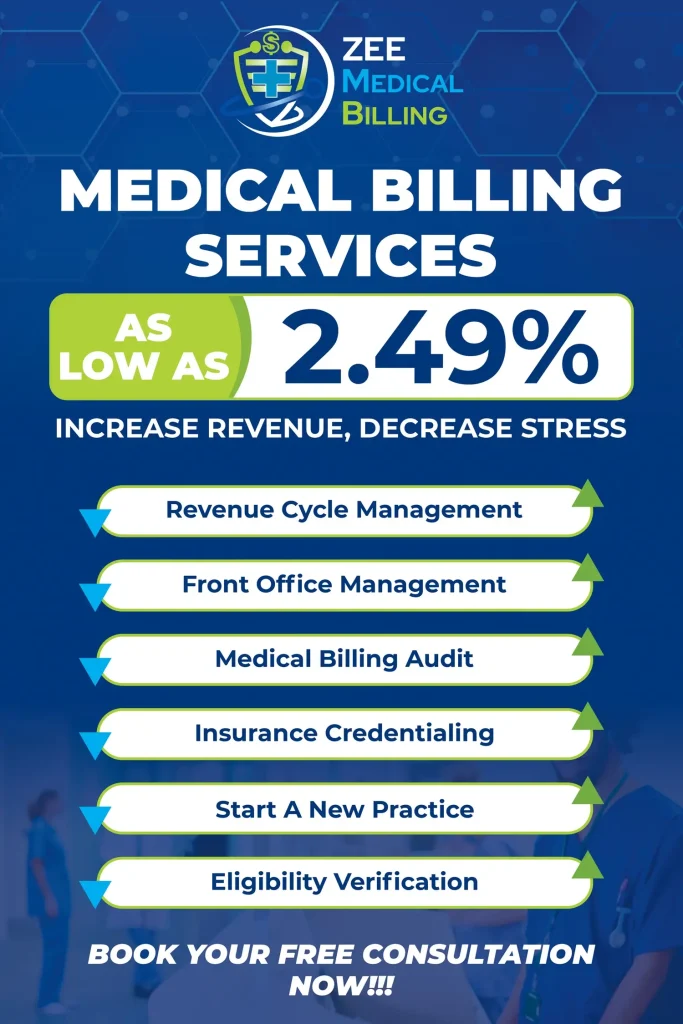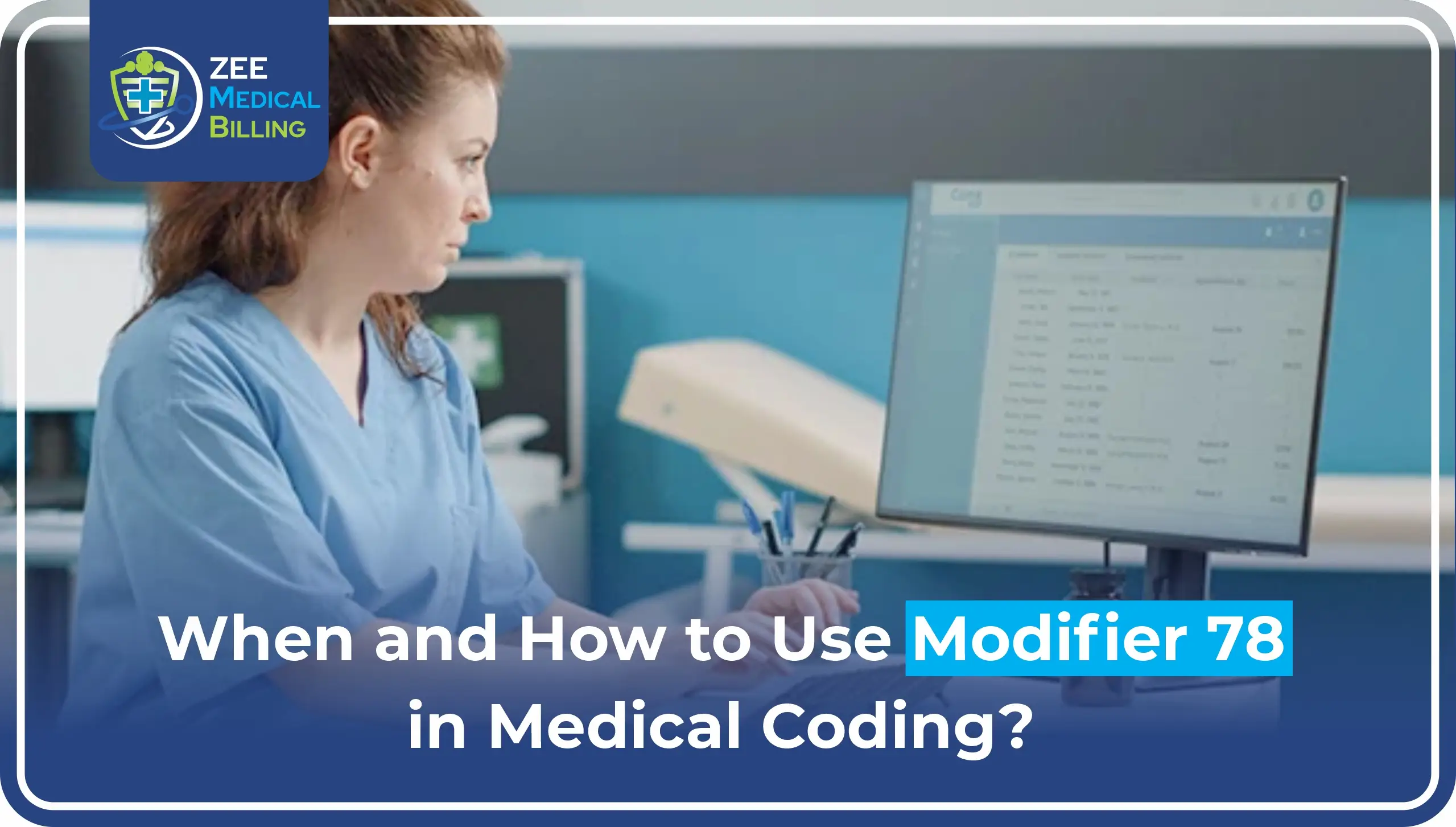In the fast-evolving world of healthcare, you must understand how different services are delivered and billed. One such area gaining attention is ambulatory medical services. These services are vital to modern healthcare, offering flexible care options without the need for hospital stays.
Understanding ambulatory services in medical billing is important, whether you are a medical provider, billing expert, or patient. It can help you a lot.
What Are Ambulatory Medical Services?
Ambulatory medical services refer to medical care provided on an outpatient basis. This means patients receive treatment, consultations, or diagnostic procedures without staying in a hospital overnight.
These services cover a wide range of care, including:
- Routine checkups
- Minor surgeries
- Diagnostic tests
- Emergency department visits (without admission)
- Same-day procedures
Ambulatory care is designed for efficiency, cost savings, and better patient convenience.
Read More: What are Prior and Retro Authorizations in Medical Billing?
Why Ambulatory Medical Services Matter?
Ambulatory care has become a core part of healthcare because:
- It reduces hospital overcrowding
- It is more affordable than inpatient care
- Patients recover in their own homes
- It allows quicker scheduling and treatment
As healthcare systems move to value-based care, ambulatory services are becoming more important. They help provide timely and cost-effective treatment.
What Is Ambulatory Services in Medical Billing?
In medical billing terms, ambulatory services describe how providers document, code, and reimburse outpatient services.
Medical coders and billers use specific ambulatory medical services codes to identify procedures or services provided. These codes must be precise to ensure insurance companies pay correctly.
Common Examples of Ambulatory Billing Services
- X-rays and imaging
- Blood work and lab tests
- Same-day surgeries
- Physical therapy
- Dermatology or ophthalmology treatments
- Preventive care visits
Ambulatory Medical Services Code and Documentation
To process payments, providers must:
- Document the services clearly
- Assign accurate CPT (Current Procedural Terminology) or HCPCS (Healthcare Common Procedure Coding System) codes
- Link the service to a proper diagnosis code (ICD-10)
Billing errors can lead to claim denials or underpayments, so it’s crucial to follow the correct procedures.
Challenges in Ambulatory Billing
- Multiple services on the same day
- Bundled procedures with unclear coding
- Confusion between outpatient and inpatient status
- Rapid coding updates and compliance requirements
Proper training and software help ensure billing accuracy.
Ambulatory Medical Anesthesia Services
Ambulatory medical anesthesia services are anesthesia-related treatments provided during outpatient procedures. You must document them with time-based billing and match them with the primary procedure codes.
For example:
- Colonoscopy under sedation
- Outpatient orthopedic procedures with regional anesthesia
Billing anesthesia in ambulatory settings involves:
- Reporting the procedure with correct ASA codes
- Recording start and stop time
- Identifying the anesthesia type (general, local, MAC)
Accuracy is key to getting proper reimbursement.
Ambulatory Medical Services Standards
Healthcare providers must follow ambulatory medical services standards to ensure quality and safety. These guidelines are set by bodies like:
- The Centers for Medicare & Medicaid Services (CMS)
- The Joint Commission
- State health departments
These standards cover:
- Patient privacy and informed consent
- Safe anesthesia administration
- Emergency protocols
- Infection control
- Staff qualifications and training
Compliance with these standards not only improves patient outcomes but also reduces the risk of audit penalties.
Ambulatory Medical Services Design Standards
The physical layout of ambulatory facilities also matters. Ambulatory medical services design standards focus on creating safe, efficient, and accessible spaces for patients and staff.
Key design elements include:
- Separate waiting and recovery areas
- Easy navigation and ADA compliance
- Infection prevention through airflow control
- Cleanable surfaces and safe patient handling areas
These design principles support operational efficiency and meet regulatory compliance.
Read More: ERA vs EOB: What’s the Difference in Medical Billing?
Ambulatory Medical Billing Services
Many healthcare providers choose to outsource ambulatory medical billing services to professional billing companies. These services offer:
- Accurate coding and documentation
- Real-time claim tracking
- Faster payments
- Reduced denial rates
Outsourcing also helps providers focus more on patient care and less on administrative burdens.
Benefits of Ambulatory Services for Patients
From a patient’s point of view, ambulatory services offer:
- Lower costs compared to inpatient care
- Shorter recovery times
- Greater flexibility in scheduling
- Less risk of hospital-acquired infections
It’s an ideal option for people with busy lives who need effective care without long hospital stays.
FAQs
1. What are ambulatory medical services?
They are outpatient medical treatments or procedures that do not require an overnight hospital stay.
2. What are ambulatory services in medical billing?
It refers to the process of coding, documenting, and billing outpatient care services for insurance claims.
3. What kind of procedures are billed under ambulatory care?
Common ones include minor surgeries, imaging, lab tests, and physical therapy.
4. How are ambulatory anesthesia services billed?
Using ASA codes based on time, anesthesia type, and associated procedures.
5. Are there specific standards for ambulatory services?
Yes, agencies like CMS and The Joint Commission provide clear standards for safety, quality, and facility design.
Conclusion
Ambulatory medical services are transforming healthcare by offering efficient, cost-effective outpatient care. From preventive checkups to minor surgeries and diagnostics, these services are a practical alternative to inpatient hospitalization.
Understanding ambulatory services in medical billing is essential for billing professionals to ensure compliance, avoid claim denials, and maximize revenue.
Understanding how ambulatory services work is important for both providers and patients. It helps you navigate the healthcare system more effectively. As the demand for convenient care grows, mastering this area of billing becomes more important than ever.
Need Expert Medical Billing Services?
Zee Medical Billing provides professional billing solutions tailored to healthcare providers across the United States. In addition to offering top-tier support from our main office, we proudly serve clients in Illinois, Indiana, California, Kentucky, New York, Washington, Georgia, Alabama, South Carolina, Texas, Pennsylvania, Ohio, New Hampshire, Nevada, Massachusetts, Hawaii, Arizona, and Colorado! Whether you’re looking to streamline your revenue cycle or improve claims accuracy, you can reach out to us to learn more about how we can support your practice.


























